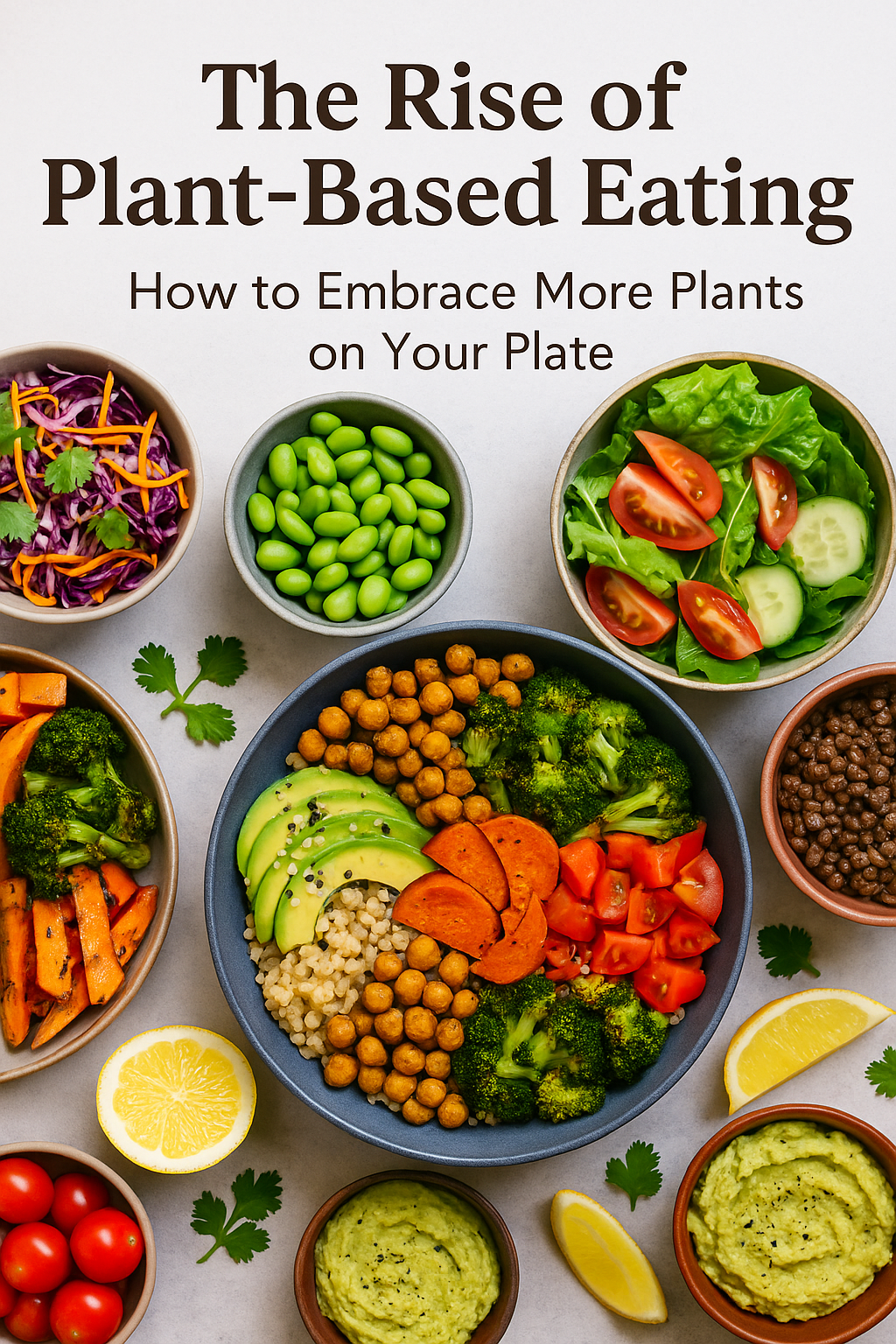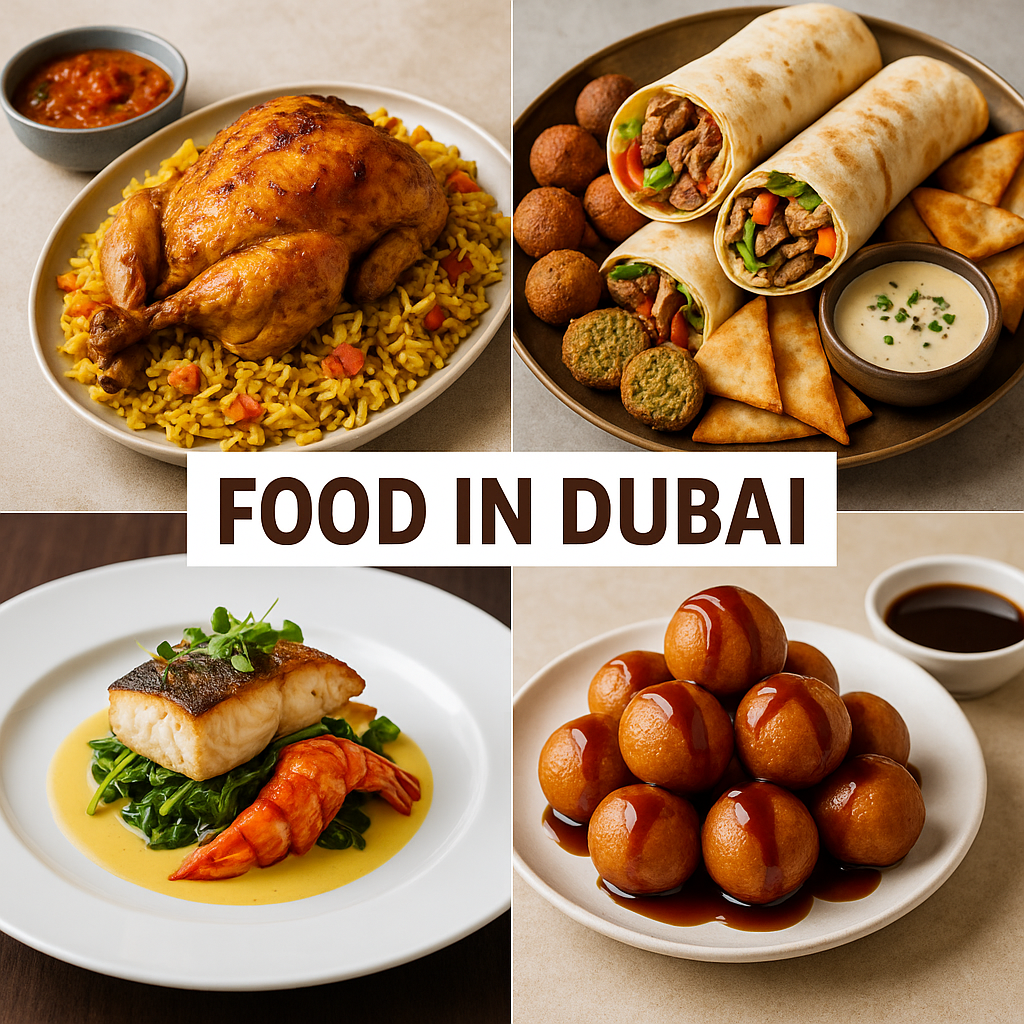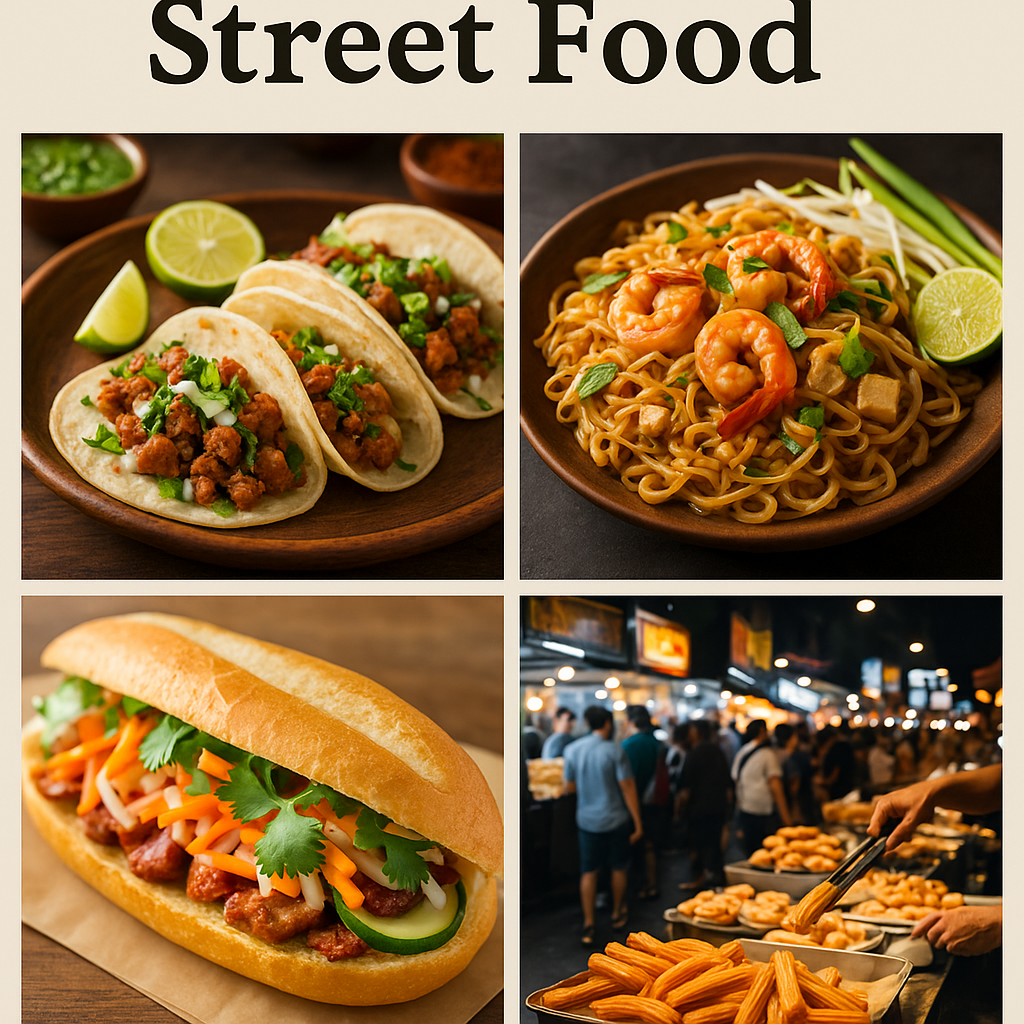
Plant-based eating is no longer a fringe movement — it’s a growing global trend embraced by millions of people. From flexitarians to full-time vegans, more and more diners are choosing to fill their plates with plant-powered meals that nourish body and soul.
And it’s not just about what you leave out — it’s about what you add in: vibrant vegetables, whole grains, legumes, nuts, seeds, and fruits, all bursting with flavor, fiber, and vital nutrients.
In this article, we’ll explore why plant-based eating is on the rise, how it benefits your health and the planet, and practical tips for enjoying more plants at every meal.
What Does “Plant-Based” Really Mean?
Plant-based is a flexible term. It typically refers to a diet that emphasizes plants as the foundation of meals — without necessarily eliminating animal products completely.
You might be:
Vegan: 100% plant-based, no animal products
Vegetarian: No meat or fish, may include dairy or eggs
Flexitarian: Mostly plant-based, with occasional animal products
Omnivore: But aiming to add more plant-based meals into your routine
No matter where you start, every step toward a more plant-forward plate brings benefits.
Why Is Plant-Based Eating So Popular?
Health Benefits
Decades of research link plant-based diets to lower rates of heart disease, diabetes, obesity, and certain cancers. Plants provide fiber, antioxidants, and anti-inflammatory compounds that support longevity.
Environmental Impact
Producing plant-based foods generally uses less land, water, and energy than raising livestock. Shifting toward plant-based eating can significantly reduce your carbon footprint.
Animal Welfare
Many people choose plant-based meals to support ethical and humane treatment of animals.
Culinary Creativity
The plant-based movement is driving incredible innovation — think jackfruit tacos, cashew cheese, oat milk lattes, and rich mushroom ragù. The flavors are as exciting as the benefits.
Global Influences
Many traditional cuisines — Mediterranean, Indian, Middle Eastern, Asian — have long celebrated plant-based dishes. The modern shift is simply rediscovering these roots.
Health Perks of a Plant-Based Diet
A diet rich in plant foods can offer:
Heart Health: Lower LDL (“bad”) cholesterol, reduced blood pressure
Weight Management: High-fiber foods promote satiety and help regulate appetite
Gut Health: Diverse plant fibers nourish beneficial gut bacteria
Stronger Immunity: Antioxidants and phytonutrients support immune function
Anti-Inflammatory Effects: Plant compounds help reduce chronic inflammation
Longevity: Plant-based eaters tend to live longer and healthier lives
10 Simple Ways to Eat More Plants
You don’t need to overhaul your diet overnight. Start by adding — not subtracting — more plant-based meals and ingredients:
Go Meatless One Day a Week: Try “Meatless Mondays” — a great way to explore new plant-based recipes.
Build Grain Bowls: Combine quinoa, farro, or brown rice with roasted veggies, legumes, greens, and tahini drizzle.
Make Veggies the Star: Design meals around vegetables rather than treating them as a side.
Upgrade Breakfast: Try chia pudding, overnight oats, or smoothie bowls packed with fruit and seeds.
Snack Smart: Keep nuts, fruit, veggies with hummus, or roasted chickpeas on hand.
Explore Plant Proteins: Cook with tofu, tempeh, lentils, beans, and edamame.
Try Dairy Alternatives: Oat milk, almond milk, cashew-based cheese — lots of delicious options exist.
Experiment with Global Cuisines: Thai curries, Indian dals, Mediterranean mezze — many traditional dishes are naturally plant-based.
Double the Veggies: In stir-fries, soups, and pastas, double the usual amount of veggies.
Keep It Colorful: Aim to eat a “rainbow” of plants — the more variety, the better the nutrition.
Common Myths About Plant-Based Eating
“It’s hard to get enough protein.”
Not true — lentils, tofu, tempeh, beans, quinoa, nuts, seeds, and whole grains offer plenty of protein.
“Plant-based food is boring.”
Quite the opposite! The explosion of plant-based innovation means more exciting options than ever.
“It’s too expensive.”
Many plant-based staples (beans, lentils, rice, veggies) are budget-friendly. It can actually lower your grocery bill.
The Joy of Cooking Plants
Plant-based eating invites creativity. The possibilities are endless:
Roast vegetables until caramelized and crispy
Simmer hearty lentil stews
Blend creamy soups and sauces from cashews or cauliflower
Marinate and grill tofu or tempeh
Use jackfruit or mushrooms as satisfying meat alternatives
You’ll discover new textures, flavors, and combinations that make every meal an adventure.
The Bigger Picture
Plant-based eating isn’t about strict labels or perfection — it’s about progress. Every plant-powered meal:
Supports your health
Helps protect the planet
Aligns with ethical choices
Connects you with the joy of cooking and eating nourishing foods
Whether you aim for full-time plant-based living or simply want to eat more veggies, grains, and legumes, you’re part of a growing movement toward healthier, more sustainable food choices.
Final Thoughts
Plant-based eating is here to stay — and for good reason. It’s delicious, varied, and deeply satisfying. It supports personal health, planetary well-being, and culinary creativity.
So why not start today? Add more color to your plate. Try a new plant-based recipe this week. Celebrate the abundance of the plant kingdom — and nourish yourself from the inside out.
Because when it comes to your plate — more plants, more goodness.


